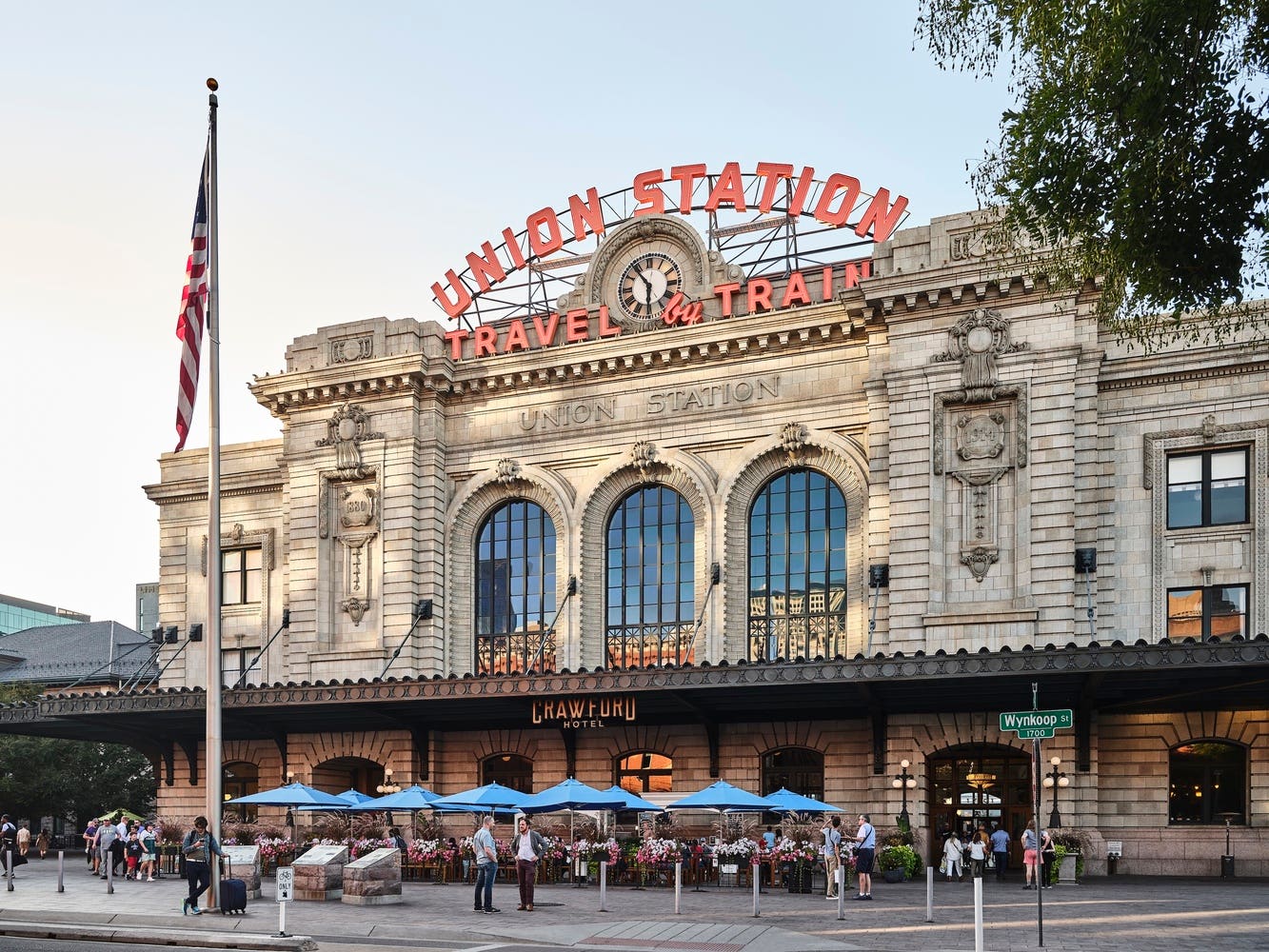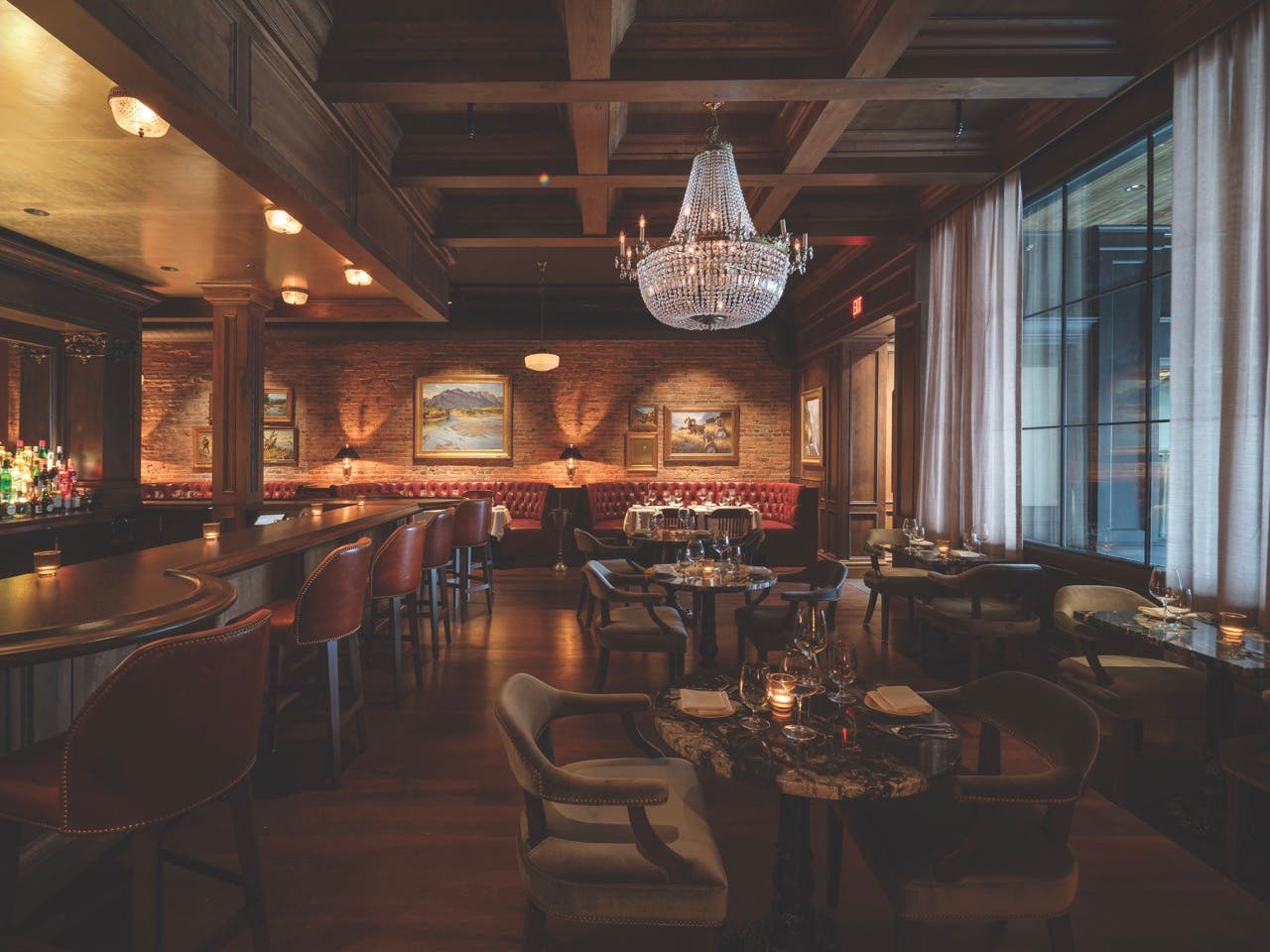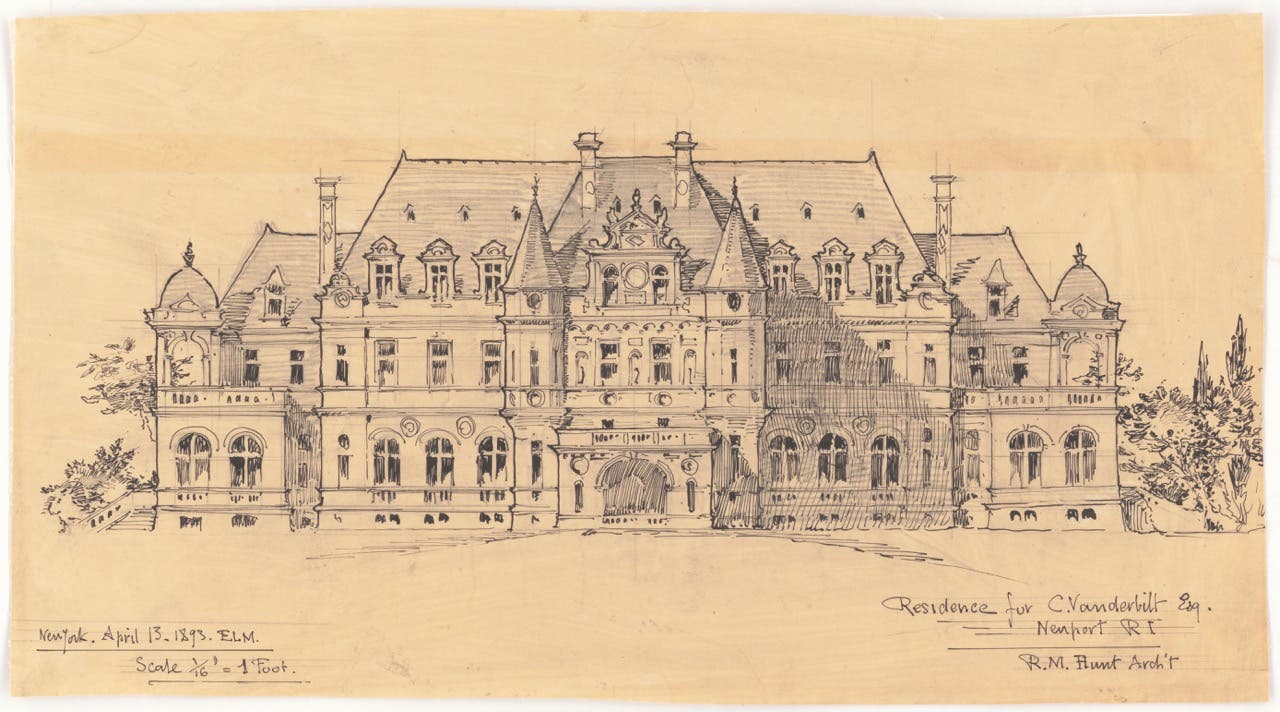
Features
New leadership at CNU
Mallory B.E. Baches, the newly installed president of the Congress for the New Urbanism, brings a keen interest in the intersection of historic preservation and social sustainability to the role. Accredited with the American Planning Association, the U.S. Green Building Council as well as the Congress, Baches has spent a quarter-century in international work in urban planning and community development.
She shares her views on the visions of the Congress and its role in the future of shaping cityscapes.
This year is a landmark for the Congress for New Urbanism because it’s celebrating its 30th anniversary. The ideas of walkable neighborhoods and climate change weren’t really on the radar of the general public back then. What was the major issue at that time that prompted the formation of the nonprofit organization?
The preamble to the Charter of the New Urbanism begins,

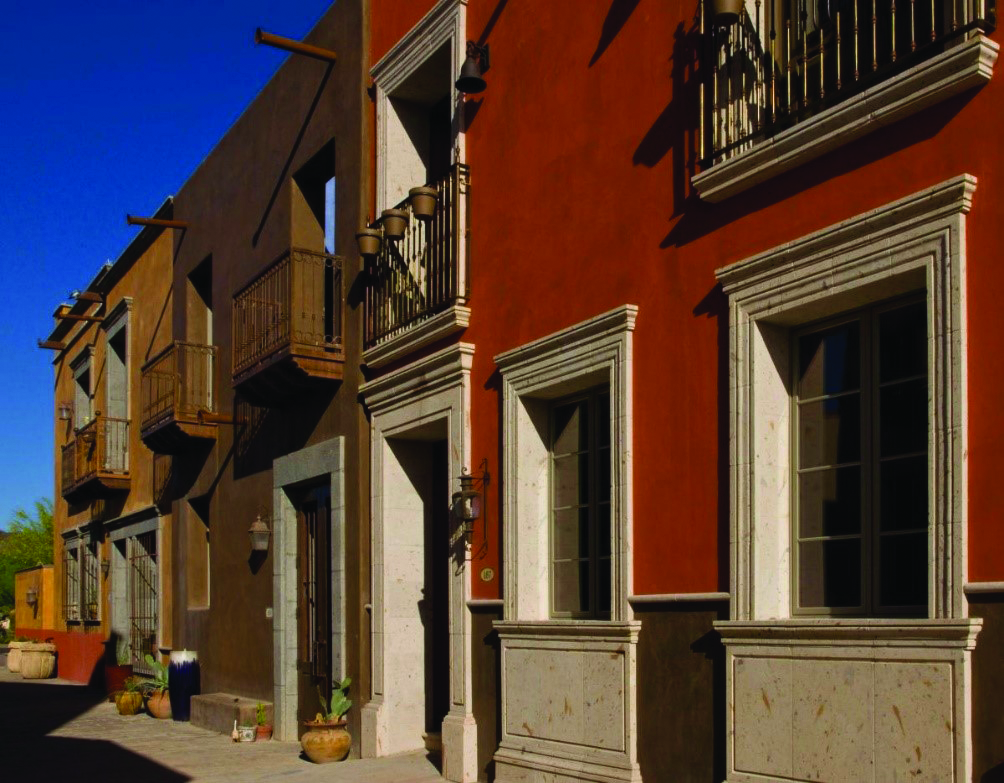
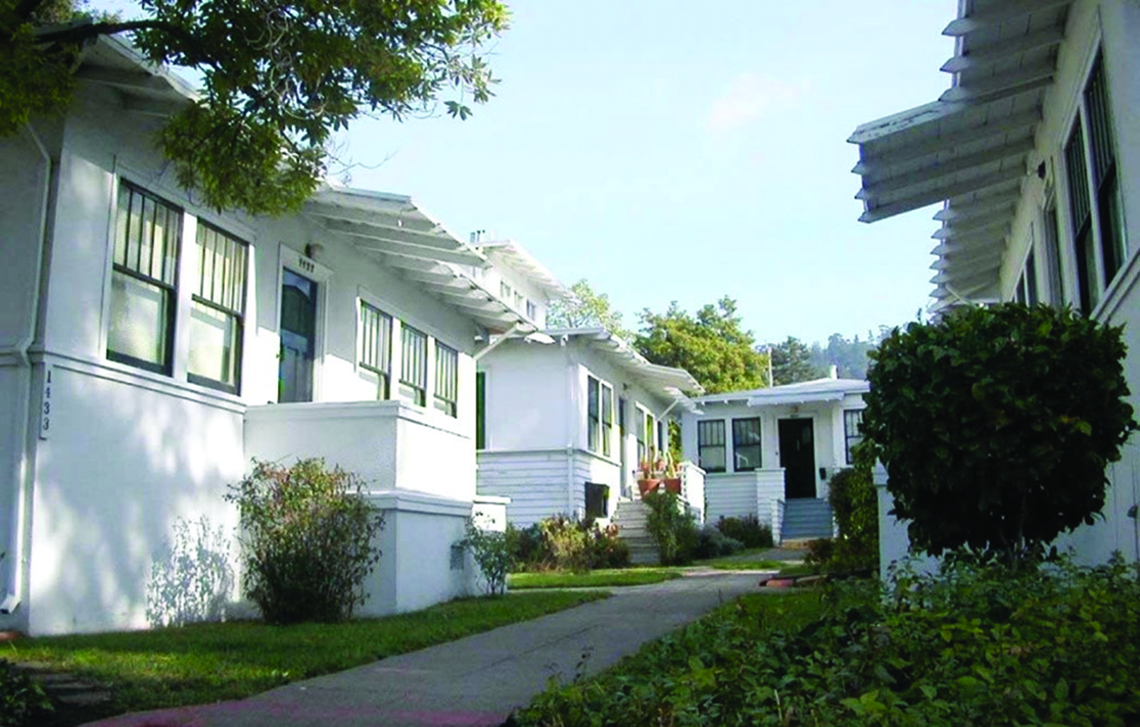
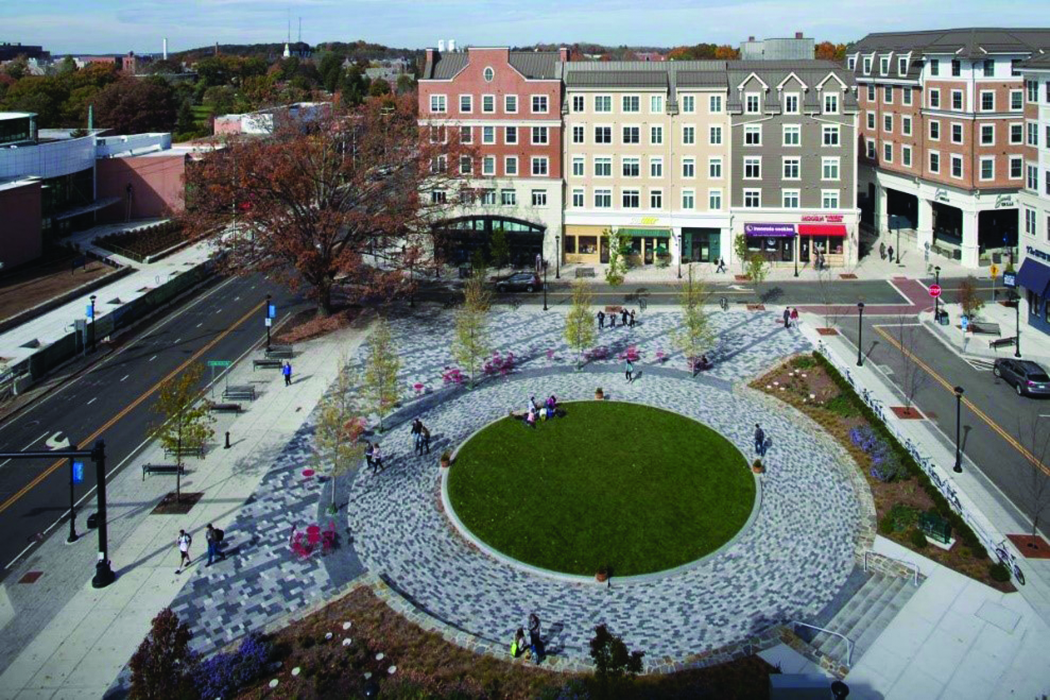
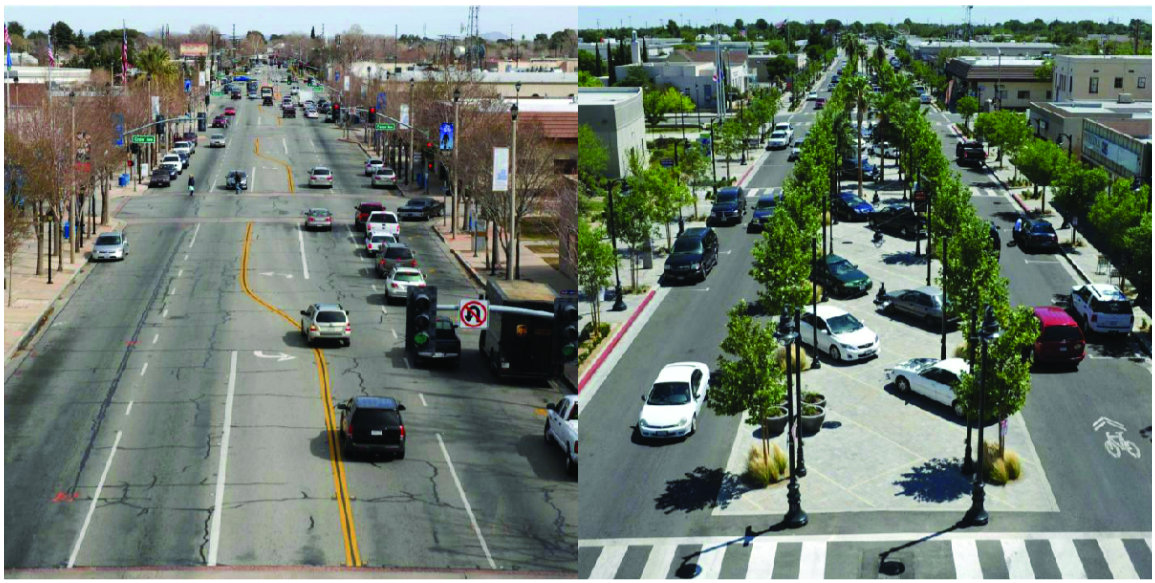
When CNU began, virtually no one was using the walkable neighborhood as a model for real estate development. Our founders recognized that every industry participating in the built environment—finance, codes, design, policy, development, engineering—was biased toward automobile-based outcomes and single-use land patterns. Learning from people like Jane Jacobs, Christopher Alexander, William “Holly” Whyte, Kevin Lynch, and others who had begun to shine a light on the destructive nature of the predominance of suburban sprawl, our founders were ambitious radicals. They not only insisted that there was a better way but wrote a set of 27 principles that could serve as a blueprint for how to build that better way. Thirty years on, we have made extraordinary advances and yet, as you look around any city or town, you can see there is still extraordinary work left to do.
What’s the most important issue in the work of the New Urbanist movement today? Was climate change always part of the equation?
In the CNU Strategic Plan, our board set three areas of focus for the organization: legalizing walkable urbanism, supporting complete neighborhoods, and designing for a changing climate. And while each of those is its own problem space that our programs are working to address, their intersectionality can’t be underestimated. The effects of climate change are disparately impacting those same communities that have not been invested in equitably, where it is often still illegal to provide a more equitable built environment. CNU is committed to bringing urban design principles to these interrelated challenges and doing so in the ways we know best—by convening expertise and collaborating on solutions and communicating that vision.
New Urbanist ideals have always centered on balancing the needs of the urban with the needs of the environment, but as the impacts of climate change push harder and faster on the limits of our built environment, we have to focus our priorities much more intentionally. As a mother, I hear the clock ticking as the climate crisis increases each year. Our work as a movement has to swiftly and seriously respond to that deafening demand. The way we design our cities, towns, and neighborhoods plays a central role in the equity, resiliency, and sustainability of our communities. CNU has a critical voice to share in developing the solutions to the intersecting crises that we face.
And in what areas do you wish CNU was doing better? What do you see as CNU’s role over the next 30 years?
A major focus of this new era of leadership at CNU will be bridging the generations of practitioners that make up the New Urbanist movement. My co-lead, Margaret Gattis, executive director at CNU, and I represent the generation that learned at the feet of CNU’s founders and early members. I was privileged to be in the earliest years of my career when I worked at Elizabeth Plater-Zyberk and Andrés Duany’s practice. They were exploring some of their most innovative ideas and designing some of their most recognized projects back then, ideas like the Transect or municipal Form-Based Codes, and projects like Alys Beach or New Town St. Charles. But like many of my contemporaries in our 40s, I also have a long way to go in my own career and the impact I hope to make with it. And so I am conscious that CNU needs to both recognize the extraordinary legacy of our past while also forging an urgent path into the future.
The lesson here is that the New Urbanist movement changes with time. It evolves as the challenges to our shared vision change; when we find ourselves at the top of one peak, we are already looking toward that new one in the distance. Part of being successful for another 30 years requires seeking opportunities to visit the tables of other networks, industries, and fields of study. The design of the building blocks of communities—neighborhoods, districts, and corridors; blocks, streets, and buildings—has an impact on where and how people live, the places where they work, and the ways that they move throughout their daily life, the economic opportunities that they enjoy and the access they have to resources. Urbanism is the context for almost any systemic barrier we face as a society. So its design plays a crucial role in almost any solution.
What, in your mind, constitutes a perfect example of the principles of New Urbanism? Is there a particular project that you can point to or a series of elements that should be included in a star project?
Of course, there are the early greenfield development examples that many people immediately envision when they hear the phrase “New Urbanism.” I lived in one of those—Habersham, outside Beaufort, South Carolina—for over 15 years. It is a community that is walkable, offers a mix of uses and housing types, intentionally conserves the natural environment while providing a variety of levels of urban intensity, and reflects the vernacular of the Lowcountry. It is also a neighborhood that continues to grow, evolve, and adapt. This is something that we shouldn’t lose sight of: The initial development of good urbanism is not an end solution. Cities and towns and neighborhoods change with time, and so there can never be some explicit checklist of what makes a “perfect” New Urbanist project.
That being said, CNU’s annual Charter Awards program honors projects that best exemplify the principles of the charter and advance the vision it describes. In a wide variety of ways, the projects that have received Charter Awards, since 2001 when they were introduced, certainly exemplify a broad set of examples of best practices. Whether the work being celebrated is an example of urban design, architecture, transportation, policy reform, community engagement, or any other area of impact on the built environment, Charter Award winners reflect the highest achievements of the work of our movement.
One of the goals of CNU is to unite the New Urbanist movement. How does the network work, and what impact has it had?
From the beginning, CNU has been a convener. As an organization, we have facilitated the annual Congress for 30 years, gathering a group of multidisciplinary practitioners invested in the goal of creating more walkable, mixed-use urbanism. We call our flagship annual event a congress, rather than a conference, because the goal is to discuss and engage and debate the practice of New Urbanism—really get into what is working, what isn’t, and what to do next. The benefit of having professionals with a role in every aspect of the built environment is that the conversations that take place at the Congress are nuanced, and therefore they help reveal the true complexities that must be untangled in order to solve our urban challenges.
CNU31 will take place in Charlotte, North Carolina, May 31 to June 3, and we are incredibly excited about the program we are creating, the tours and experiences that our host city can offer, and the topics that will be engaged. And CNU’s chapters are also an invaluable convening resource for our movement. There are CNU chapters in cities and states and even regions across the country where local members gain the opportunity to meet like-minded urbanists in their own area and collaborate on issues affecting their own communities.
What can architects, builders, developers, and interior designers do to help CNU achieve its goals and to create human-scale places that people love to live in?
Join us at CNU! The New Urbanists tent is large, and we welcome everyone working toward our shared goal of empowering well-designed cities, towns, neighborhoods, and public places that help create community—healthy places for people and businesses to thrive and prosper.
Over the past 30 years, the New Urbanist movement has changed the conversation from debating the alternative forms of development to discussing how best to preserve, design, develop, and restore our regions, cities, and neighborhoods. New Urbanists have been responsible for creating and popularizing many now-common development patterns and strategies, including mixed-use development, transit-oriented development, and traditional neighborhood design, integrating design standards into affordable housing and designing complete and beautiful streets. Architects, builders, developers, and interior designers are the folks in the field, directly informing the actual construction of these places and spaces. Their built contributions are a necessary part of successful urbanism.
What are your goals for the future of CNU?
Taking this role at CNU was a return “home” to an organization I have been an active member of throughout my career. I am committed to elevating the stories that need to be told about New Urbanism, whether they are challenging or celebratory.
I also will continue to set a tone of urgency toward achieving our shared mission. Maybe because I am an urban designer by practice, I am incredibly curious about the constantly evolving innovations that our movement is developing.
Our members are leaders in making more equitable, more livable, more durable, and more beautiful communities. It’s an incredible honor to
lead our organization into the
future.



